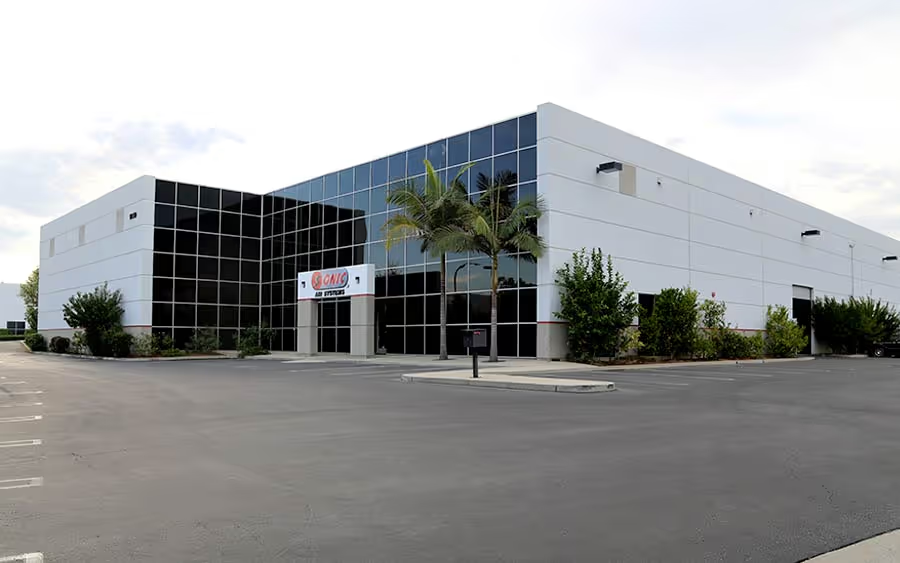
The Sonic Evolution: Four Generations of Innovation
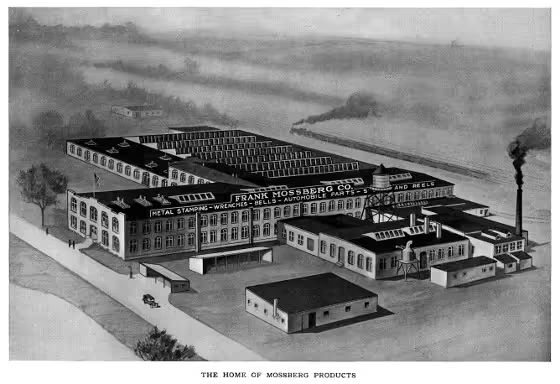
At Sonic Air Systems, innovation is more than a business model — it’s a family tradition spanning more than a century. The company’s roots can be traced back through generations of inventors and engineers who shaped industries, pioneered breakthrough technologies, and passed down a relentless drive to solve problems with creativity and precision.
From Sweden to the Industrial Revolution
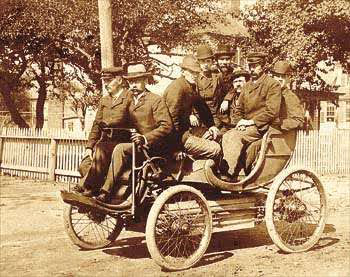
Frank Mossberg (1858-1953), who immigrated from Sweden to Massachusetts in 1882, was a machinist and draftsman at Brown & Sharp. Over his lifetime, he secured more than 200 patents, ranging from hand tools and micrometers to the original steel roller bearings that helped power America’s steel industry and even supported the massive locks of the Panama Canal.
In 1889, Mossberg founded Mossberg Manufacturing Co. in Attleboro, Massachusetts. He began by producing tools for the jewelry industry but soon expanded into bicycles, which were a major form of transportation at the time. His development of precision roller bearings set new standards of durability, with designs that could handle both miniature devices and loads weighing hundreds of thousands of pounds. These innovations played a vital role in World War I sniper rifle cartridges and heavy artillery in both World Wars.
As automobiles powered by electricity, steam, and gasoline competed for dominance in the 1890s, Mossberg Manufacturing also developed its own electric car in 1898. Recognizing that the combustion engine would ultimately prevail, he shifted his focus to creating tools for assembling and maintaining gas-powered vehicles. In 1899, he founded the Mossberg Wrench Company, which produced wrenches, automotive tools, and socket sets that became household staples. At one point, the company sold more wrenches across America than all competitors combined.
Mossberg’s inventive spirit placed him among the most prolific inventors of his time, second only to Thomas Edison. The two men became good friends, and at the 1940 St. Louis World’s Fair, Edison presented Mossberg with the Inventor’s Merit Award, honoring him as the oldest living U.S. inventor at the event.
A New Generation of Innovation
Mossberg’s inventive ways inspired his grandson, Chester “Chet” A. VanderPyl Jr. (1919-1983), who spent his youth learning from his grandfather’s factory. After studying engineering, Chet began a career that would leave its own mark on history.
In 1956, following 12 years with Metals & Controls (later Texas Instruments, then Engineered Material Solutions), Chet became an engineering manager at Fram Corporation. At that time, automotive filters were reusable and messy, requiring frequent cleaning with gasoline or kerosene. In 1958, just two years into his tenure, Chet designed what would become five U.S. patents for disposable pleated cartridge filters. He was promoted to V.P. of Engineering, and his work revolutionized filters for oil, gasoline, and air, transforming Fram into a worldwide household name.
Chet later joined STP Corporation in 1971 as a V.P., where he managed the development of the first aftermarket pollution control valves (PCVs), which became required by California regulations. By 1976, he had become General Manager of Paxton Products, where he led the development of high-speed belt-driven centrifugal blowers for industrial markets.
The Birth of Sonic Air Systems
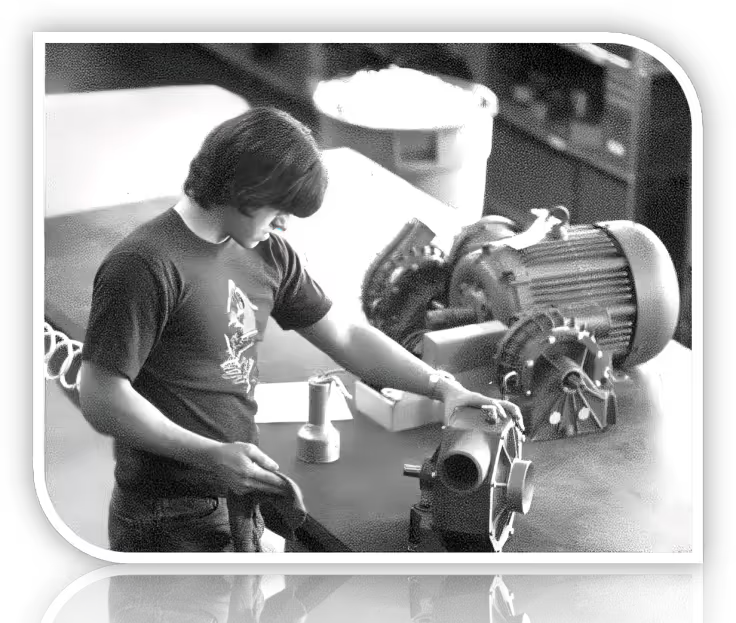
At Paxton, Chet’s son Dan VanderPyl began working in manufacturing sales and engineering. There, he became known as an Air Engineering Specialist, credited with developing the market for high velocity industrial air knives and contributing to their early designs.
In 1990, Dan partnered with design engineer Terry Riley to form Sonic Air Systems. Initially, Sonic used Paxton blowers, but by 1992, the company engineered its own centrifugal blower. Their first major innovation was the integral air filter and silencer assembly with a filter change gauge, the smallest of its kind in the industry. The design echoed Chet’s earlier disposable filter breakthrough, and Sonic’s supplier still manufactures filters using many of his original patented methods.
Innovation That Drives Us Forward
Sonic’s philosophy of continuous improvement has guided every step since its founding. When Dan and Terry designed Sonic’s 20,000 RPM blowers, they incorporated many of Chet’s design features while reducing components, which increased reliability and minimized accumulated tolerances. This approach became a hallmark of Sonic’s product line.
Today, Sonic offers blowers ranging from 3 to 50 HP (2.2 to 37 kW), serving customers worldwide. The company has manufactured more than 75,000 blowers and sold over 80,000 filter and silencer assemblies. Many of these solutions have been developed in direct response to customer challenges, leading to innovations that improve efficiency, reliability, and environmental performance. The company actively supports environmental protection projects, energy and water conservation goals, renewable energy manufacturing, and recycling initiatives.
President and co-founder Dan VanderPyl continues to lead with the inventive drive passed down through his family. He holds patents for the self-propelled Rotary Air Knife and the heater-less hot air blower design, both of which have revolutionized drying for conveyor systems and hot air applications worldwide.
Four Generations. One Mission
Innovation has always been at the heart of our work. It began with Frank Mossberg’s roller bearings, continued with Chet VanderPyl’s disposable filters and Dan VanderPyl’s centrifugal blowers, and air knives lives on today in the advanced air systems built by Sonic Air Systems.
Now in our fourth decade, we remain committed to our mission: SAVING ENERGY WORLDWIDE… ONE PSI AT A TIME.
Read more about our company and learn how our tradition of innovation is shaping smarter, more sustainable solutions for industries worldwide.


.JPG)
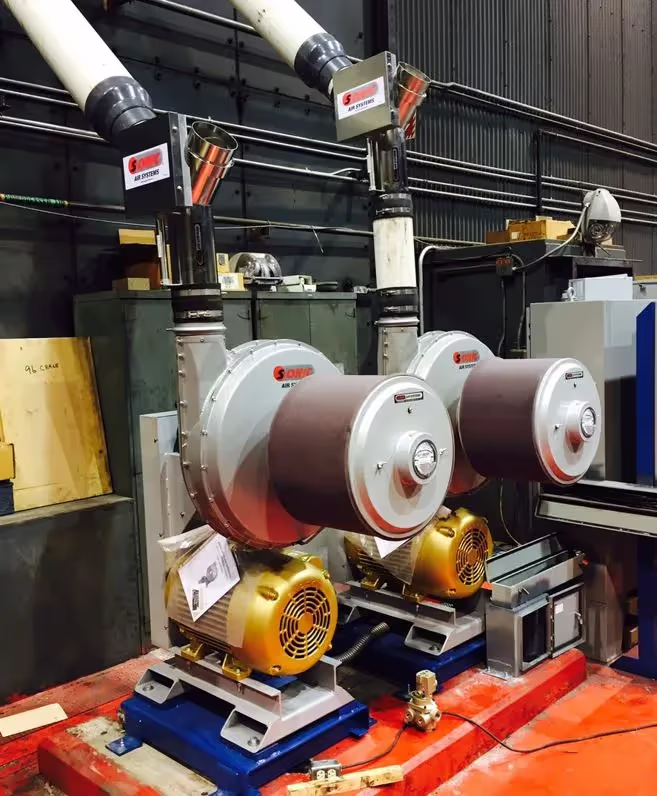
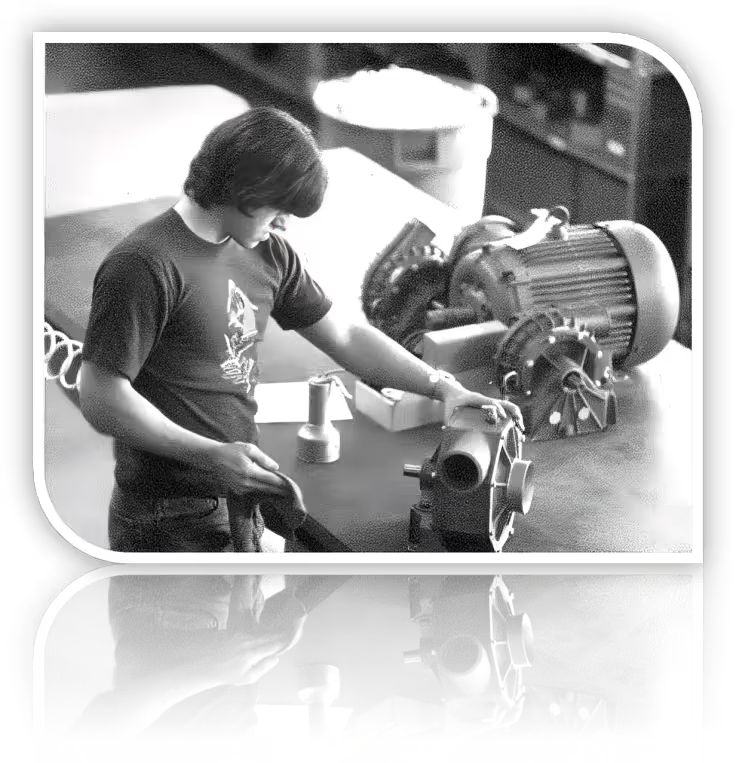
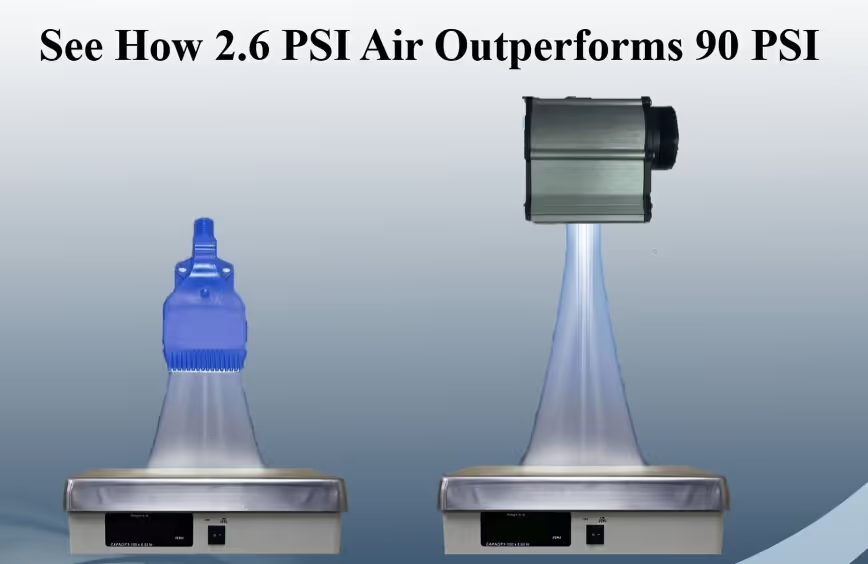
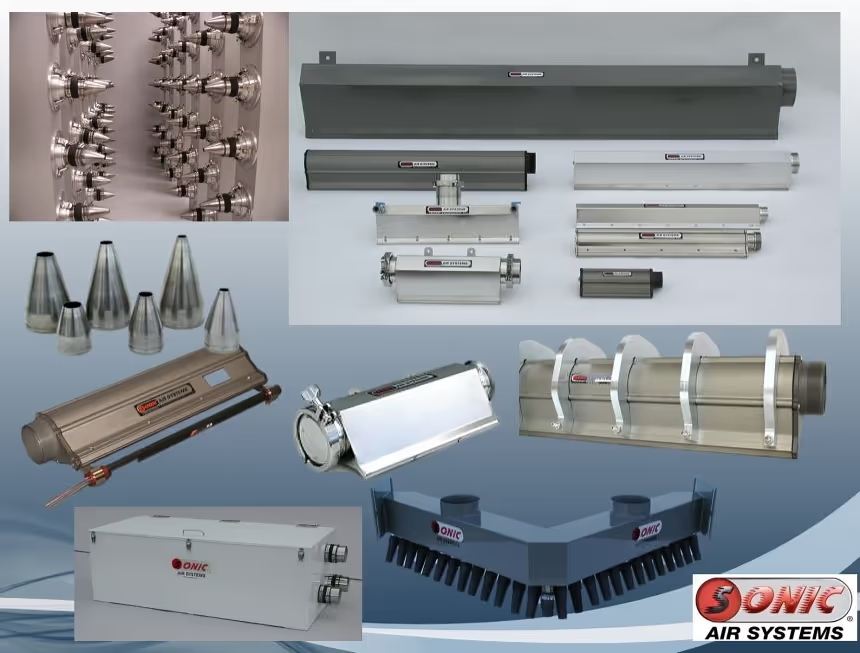
.avif)
%201.avif)